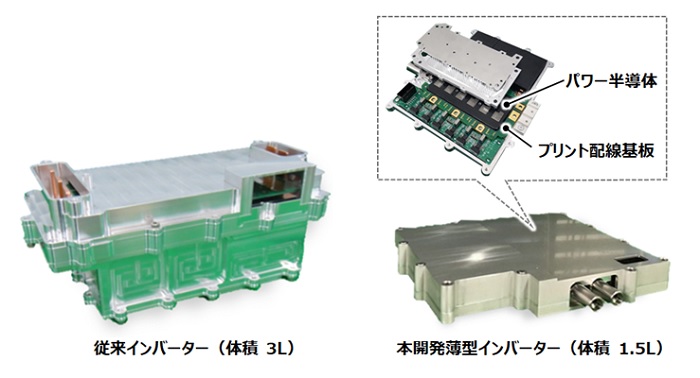2022-06-06 イリノイ大学アーバナ・シャンペーン校

New estimation strategy improves soil carbon sampling in agricultural fields
2年間のカバークロップが、硝酸塩溶出と亜酸化窒素排出の間接的指標である、微生物の潜在的な硝化と脱窒の速度に影響を与えないことを発見しました。
<関連情報>
- https://aces.illinois.edu/news/cover-crops-not-enough-improve-soil-after-decades-continuous-corn
- https://www.frontiersin.org/articles/10.3389/fmicb.2022.926592/abstract
トウモロコシ長期単収栽培における土壌の窒素循環微生物群集に対する被覆作物の限定的影響
Limited impacts of cover cropping on soil N-cycling microbial communities of long-term corn monocultures
Nakian Kim, Chance Riggins, María C. Zabaloy, Sandra Rodriguez-Zas and María B. Villamil
Frontiers in Microbiology Accepted: 11 May 2022
DOI:10.3389/fmicb.2022.926592
Cover cropping (CC) is a promising in-field practice to mitigate soil health degradation and nitrogen (N) losses from excessive N fertilization. Soil N-cycling microbial communities are the fundamental drivers of these processes, but how they respond to CC under field condition is poorly documented for typical agricultural systems. Our objective was to investigate this relationship for a long-term (36 years) corn [Zea mays L.] monocultures under three N fertilizer rates (N0, N202, N269; kg N/ha) where a mixture of cereal rye [Secale cereale L.] and hairy vetch [Vicia villosa Roth.] was introduced for two consecutive years, using winter fallows as controls (BF). A 3×2 split-plot arrangement of N rates and CC treatments in a randomized complete block design with three replications was deployed. Soil chemical and physical properties and potential nitrification (PNR) and denitrification (PDR) rates were measured along with functional genes including nifH, archaeal and bacterial amoA, nirK, nirS, and nosZ-I, sequenced in Illumina MiSeq system and quantified in high-throughput qPCR. The abundances of nifH, archaeal amoA, and nirS decreased with N fertilization (by 7.9, 4.8, and 38.9 times, respectively), and correlated positively with soil pH. Bacterial amoA increased by 2.4 times with CC within N269 and correlated positively with soil nitrate. CC increased the abundances of nirK by 1.5 times when fertilized. For both bacterial amoA and nirK, N202, and N269 did not differ from N0 within BF. Treatments had no significant effects on nosZ-I. The reported changes did not translate into differences in functionality as PNR and PDR did not respond to treatments. These results suggested that N fertilization disrupts the soil N-cycling communities of this system primarily through soil acidification and high nutrient availability. Two years of CC may not be enough to change the N-cycling communities that adapted to decades of disruption from N fertilization in corn monoculture. This is valuable primary information to understand the potentials and limitations of CC when introduced into long-term agricultural systems.



